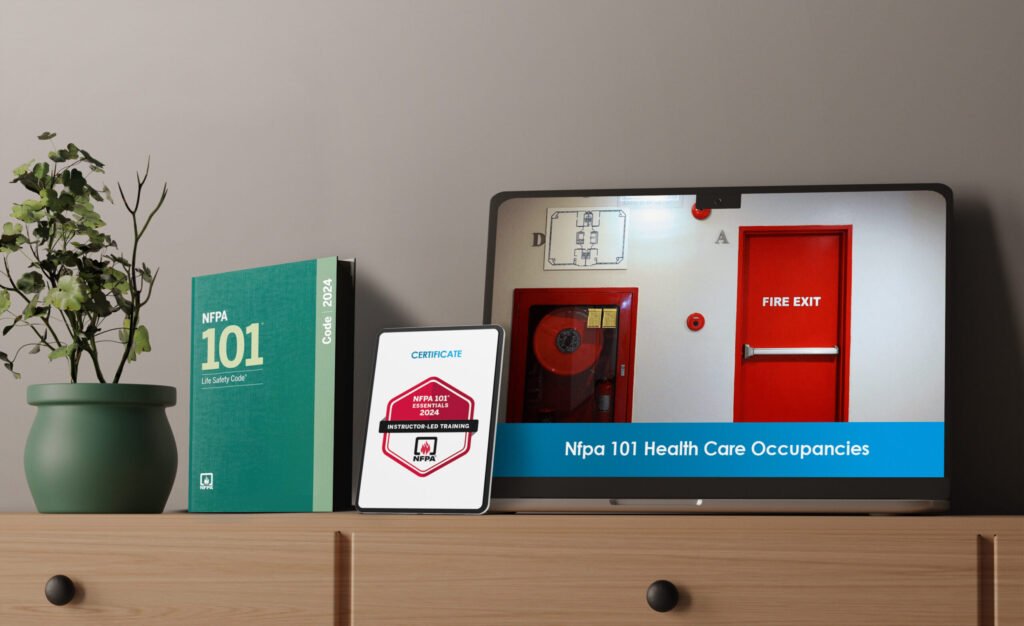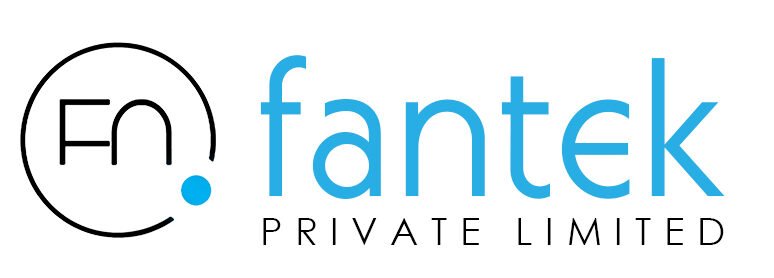
2024 NFPA 101 Life Safety Code
Essentials for Health Care Occupancies
Completion Achievement
📜 NFPA Issued Certificate
Delivery Method
💻 LVT – Live Virtual (Online)
Why Join?
🏥 Healthcare-Specific Expertise – Focused training on life safety challenges unique to healthcare environments
📋 Direct Compliance Application – Learn to meet stringent NFPA 101 requirements for hospitals, clinics, and care facilities
📖 Up-to-Date Standards – Covers the latest code provisions for 2024 compliance
👩⚕️ Designed for Key Roles – Ideal for facility managers, safety officers, architects, engineers, and inspectors
🧩 Practical, Scenario-Based Learning – Capstone case study connects theory with real-world application
🎓 Professional Advancement – Strengthen credibility with specialized life safety knowledge in a regulated, high-stakes industry
Duration
📅 2.1 CEUs

- Occupancy classifications for healthcare environments and their specific requirements
- Identification, sizing, and arrangement of means of egress for patient and non-patient suites
- Fire alarm, suppression, and other fire protection features for healthcare facilities
- Requirements for protecting vertical openings and hazardous areas in healthcare occupancies
- Rehabilitation work categories and their correct application
- High-rise building and special structure requirements within healthcare settings
- Building services and operational features impacting life safety in healthcare environments

By the end of this training, participants will be able to:
- Apply NFPA 101 requirements to both new and existing healthcare occupancies
- Identify and mitigate life safety hazards in healthcare facilities
- Calculate occupant load and establish egress capacity for suites and entire systems
- Determine egress requirements specific to healthcare occupancy layouts
- Apply correct criteria for rehabilitation work categories
- Ensure compliance for fire protection systems, high-rise healthcare facilities, and operational features
- Confidently navigate and interpret NFPA 101 in healthcare contexts
